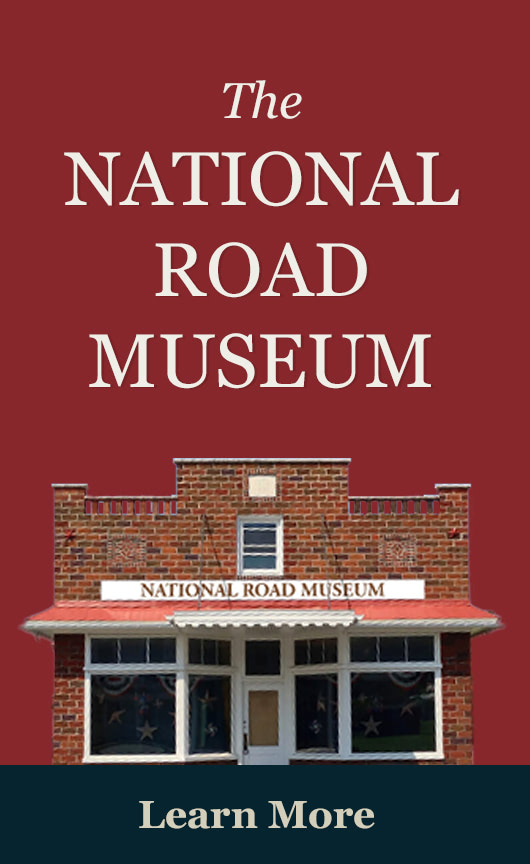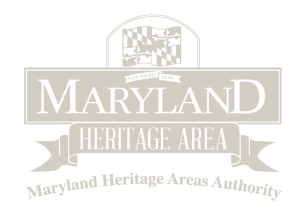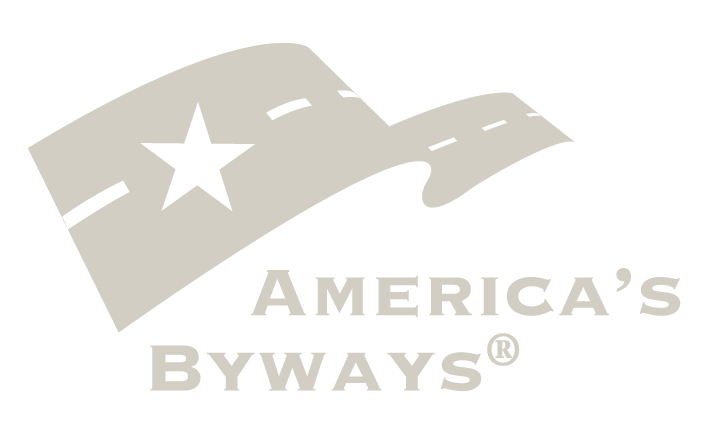Learn About The Road

“Drive the 10,000 miles across America and you will know more about the country than all the institutes of society and political science put together.” – Jean Baudrillard

Historic Preservation Advocacy
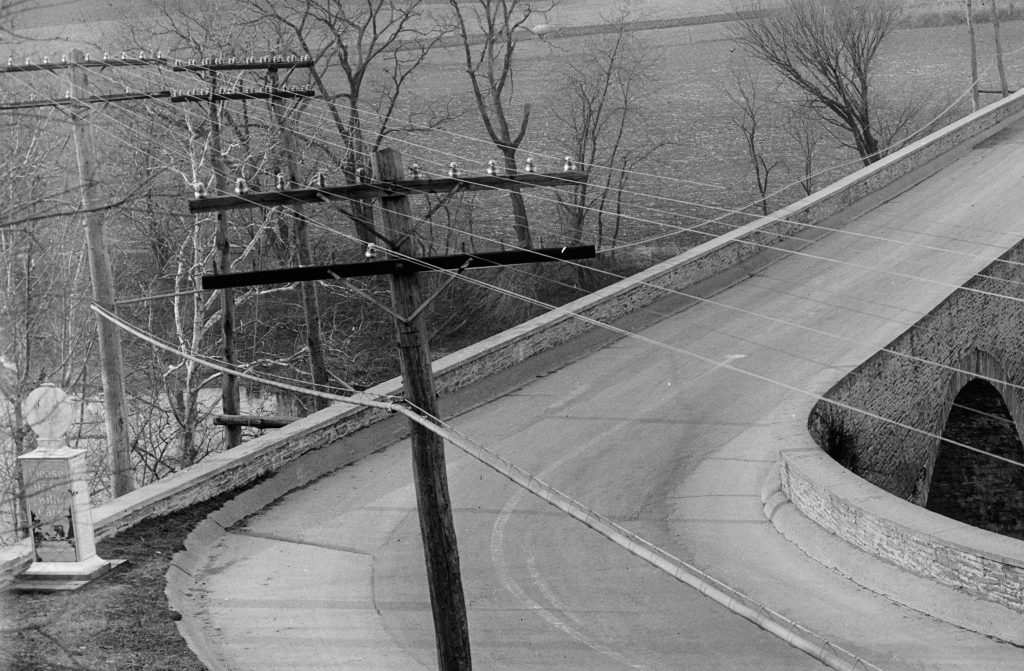
Preservation, conservation and enhancement strategies are needed on an ongoing basis to guide future corridor investments and priorities. These organizations and resources are instrumental in the preservation of the Maryland Historic National Road.
Endangered Historic Sites
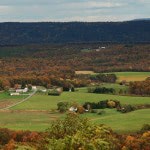

The Historic National Road
Unregulated development risks, locations of alternative energy sources such as wind turbines and solar panels risk the historic integrity of this designated Historic National Road Scenic Byway.
Mile Markers
Maryland is said to have the most well preserved collection of original mile markers on the Historic National Road. Protected under the Maryland Historical Trust they are still vulnerable to development, weather elements and overall neglect.
(text source: Endangered Maryland/Preservation Maryland)
Maryland Historic Preservation Commissions By Jurisdiction
- Baltimore City Commission for Historical & Architectural Preservation (CHAP)
- Howard County Office of Planning and Zoning
- Carroll County Historic Preservation Commission
- Frederick County Historic Preservation Commission
- City of Frederick City Historic District Commission
- Washington County Historical Trust
- City of Hagerstown Historic District Commission
- City of Cumberland Historic Commission
Historic National Road Guidelines and Resources
When developing or re-developing landscapes or residential and commercial properties along the Historic National Road, we encourage planners, developers and individual property owners to utilize the following resources as a guide help preserve the historical significance of the Road.
Maryland Historic Corridor Partnership Plan
The Corridor Partnership Plan is a community-based strategy that balances conservation of the Road’s intrinsic qualities with its use and enjoyment. Used as a model for communities along the Road, guidelines address conservation, enhancement, economic development and tourism.
The original Corridor Partnership Plan was first developed in 2001. An update to the Plan began in January of 2012 and was completed in 2014. The updated plan examines the changing external influences on the Maryland portion of the Historic National Road over the last decade, including land use, transportation and trends in heritage tourism. Design guidelines are also being developed with the assistance of the Maryland State Highway Department to help local governments, citizens, commercial and residential property owners shape new development in a manner that is sensitive to the National Road’s historic context.
Maryland State Highway Administration
Context Sensitive Roadway Design Guidelines – A document providing guidelines to identify ways to guide growth, change, and roadside development along the Historic National Road in Maryland. This is a companion to the Maryland State Highway Administration’s Context Sensitive Roadway Design Guidelines.
New Jersey Historic Roadway Study and Design Guidelines
Ohio Historic National Road Guidelines
National Trust for Historic Preservation
At the National Trust for Historic Preservation, we work to preserve and protect landscapes, buildings, and neighborhoods that have played a meaningful role in our past. We want future generations to be able to experience and discover their own connections to these places, as well.
Preservation Maryland
Founded in 1931 as the Society for the Preservation of Maryland Antiquities, Preservation Maryland is dedicated to preserving Maryland’s historic buildings, neighborhoods, landscapes, and archaeological sites through outreach, funding, and advocacy.
Preservation Howard County
The mission of Preservation Howard County is to actively pursue the preservation of the historical and cultural heritage of Howard County, Maryland and to increase public awareness and appreciation of our non-renewable resources.
Washington County Historical Trust
Washington County Historical Trust was founded in 1982 as an effort to save Wilson Bridge on Route 40. Wilson, the first of the county’s stone arch bridges, was built in 1819 as part of the Bank Road that would connect Baltimore with the Historic National Road in Cumberland. Damaged by Hurricane Agnes in 1972, the bridge was placed in the National Register of Historic Places ten years later. It was finally slated for demolition because of the high cost of restoration. Route 40 had been moved onto a new, two-lane bridge just south of Wilson Bridge some years before. WCHT lobbied the Board of County Commissioners for many months and finally got a commitment from master mason, LeRoy Myers, to restore the structure for $100,000.

